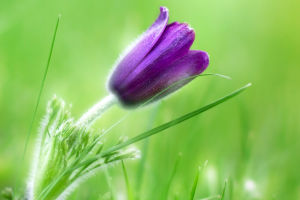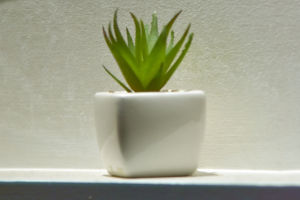Carnations: Timeless Blooms
Hello, Lykkers! Have you ever admired the delicate beauty and rich history of carnations? Let's explore the fascinating world of Dianthus caryophyllus, commonly known as carnations, uncovering their origins, meanings, and uses.
Carnations are flowering plants in the Dianthus genus, known for their frilled petals and vibrant colors.
Native to the Mediterranean region, these timeless blooms have been cultivated for over 2,000 years, making them one of the oldest cultivated flowers in history.
Why They're Special
Carnations hold a special place in both horticulture and culture due to their beauty, versatility, and rich symbolism. They are available in a variety of colors, each with its own unique meaning, making them perfect for any occasion.
Varieties and Colors
Carnations come in a wide range of colors, each carrying its own significance:
Red: Admiration, love, and affection.
Pink: Gratitude and appreciation.
White: Purity, luck, and remembrance.
Yellow: Disappointment or rejection.
Purple: Capriciousness and unpredictability.
Historical and Cultural Significance
Throughout history, carnations have been symbols of love, fascination, and distinction. In ancient Greece and Rome, they were used in art and decor, often associated with gods and royalty. Today, they are popular in various celebrations, including Mother's Day, weddings, and memorial services.
Uses of Carnations
Carnations are not just visually appealing; they have practical uses in various fields, including floristry, perfumery, and even cuisine.
Floristry
Carnations are a staple in the floral industry due to their long-lasting blooms and wide range of colors. They are often used in bouquets, centerpieces, and boutonnieres, adding a touch of elegance and charm to any arrangement.
Perfumery
The sweet, spicy fragrance of carnations makes them a popular choice in perfumery. Carnation oil is used as a base note in many perfumes, providing a warm and comforting aroma.
Culinary Uses
Surprisingly, carnations are also edible. Their petals can be used to add a splash of color to salads, desserts, and beverages. They have a mild, clove-like flavor that complements both sweet and savory dishes.
Growing Carnations
Carnations are relatively easy to grow, making them a favorite among gardeners. Here are some tips for growing your own carnations:
Planting
Soil: Well-drained, fertile soil.
Sunlight: Full sun to partial shade.
Water: Regular watering, keeping the soil moist but not waterlogged.
Care
Pruning: Remove spent blooms to encourage new growth.
Fertilizing: Use a balanced fertilizer every 6-8 weeks during the growing season.
Pests: Watch out for aphids and spider mites, which can damage the plants.
Everyday Scenarios
Imagine gifting a bouquet of red carnations to express your love and admiration or using pink carnations to show your gratitude to a dear friend. You could even add carnation petals to your favorite salad for a pop of color and flavor, delighting your taste buds and your guests.
Conclusion
Carnations, with their timeless beauty and rich history, are more than just pretty flowers. They carry deep meanings, practical uses, and a charm that transcends generations. Whether you're a gardening enthusiast, a flower lover, or someone who appreciates the finer things in life, carnations offer something special for everyone.
Stay curious and keep blooming, Lykkers!
Unbelievable Carnation Secrets - Growing Tips You Must Try Now!
Video by Side Gardening


